The Bed of Nails Principle

The bed of nails principle states that while laying on one nail is enough to puncture a person’s skin, laying on many distributed nails isn’t.
The Physical Sciences are branches of science that study non-living systems including Astronomy, Chemistry, Earth Science, and Physics.

The bed of nails principle states that while laying on one nail is enough to puncture a person’s skin, laying on many distributed nails isn’t.

The Hubble Space Telescope images use real colors in the sense that their color palette correlates with the wavelengths of observed light.
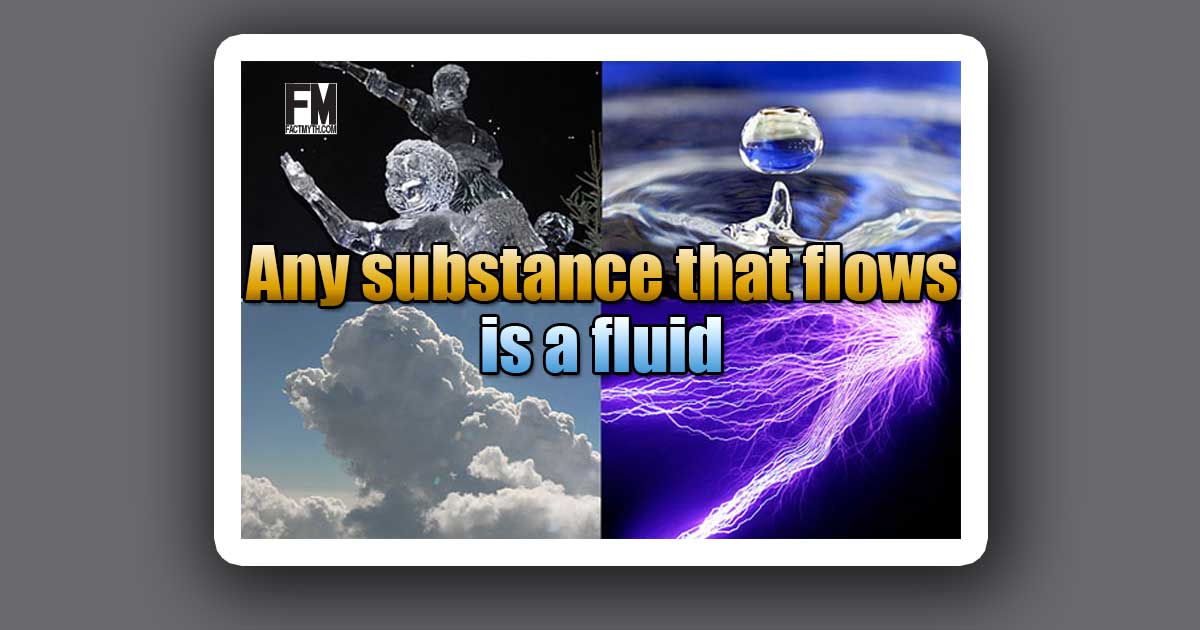
A fluid is any substance that flows, including liquids, gasses, plasmas, and to some extent, even plastic solids like Silly Putty.
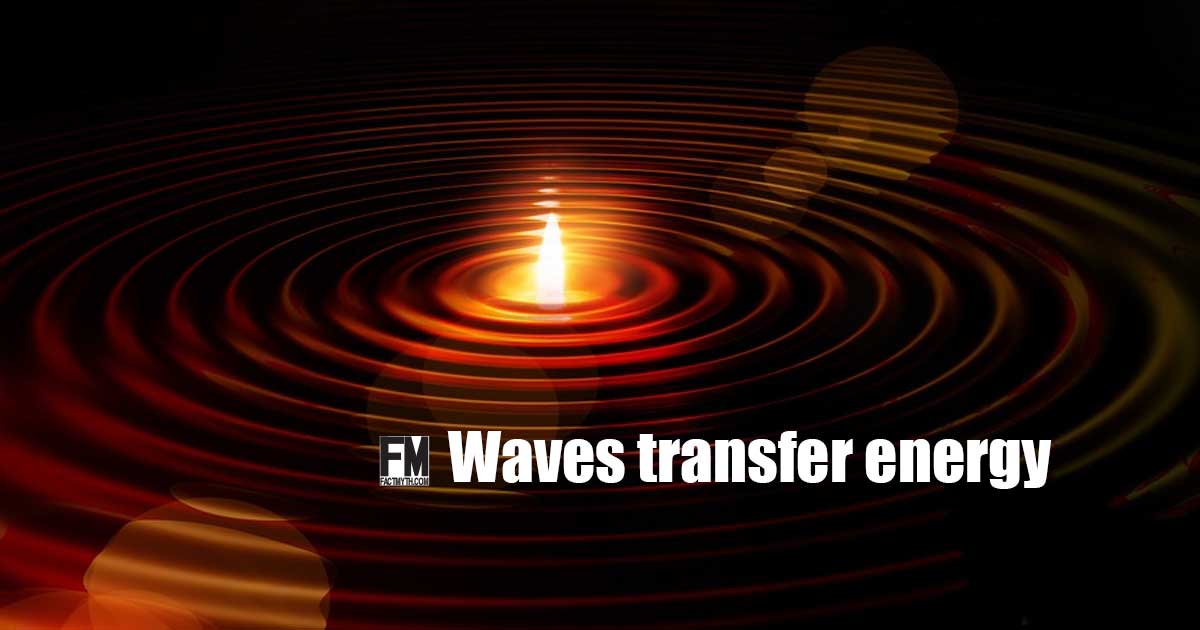
All waves (including sound waves, electromagnetic waves, and even water waves) transfer energy, and all energy is transferred in a wave-like motion.
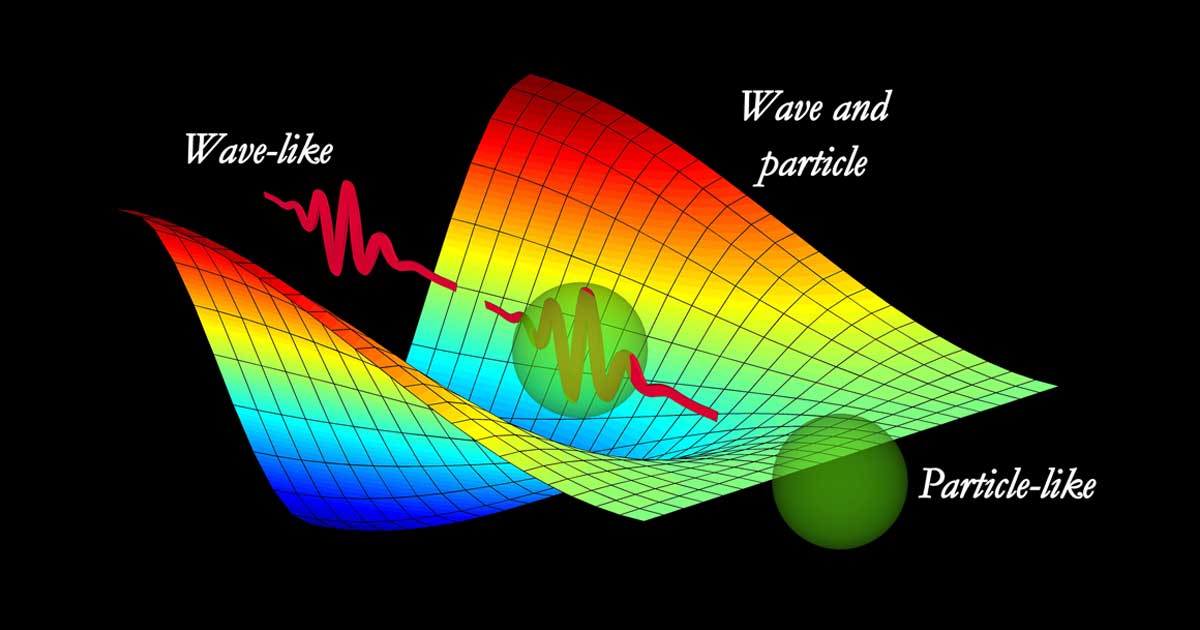
All elementary particles exhibit wave-particle duality, acting as both a particle and a wave.
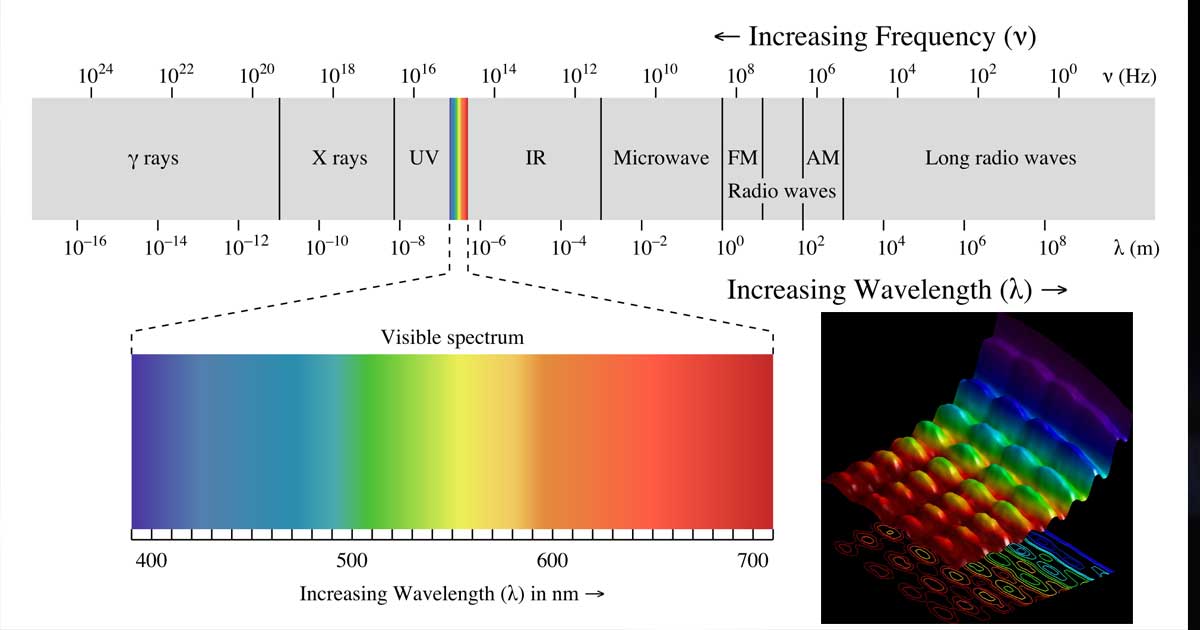
Visible light is a range of wavelengths in the electromagnetic spectrum visible to the human eye (wavelengths of about 390 to 700 nm).

We explain “light,” both as electromagnetic radiation within a visible portion of the electromagnetic spectrum, and as electromagnetic energy carried by photons.

On a fundamental level, chemistry can be explained by physics. The atoms that make up the periodic table elements are themselves made of quantum particles.
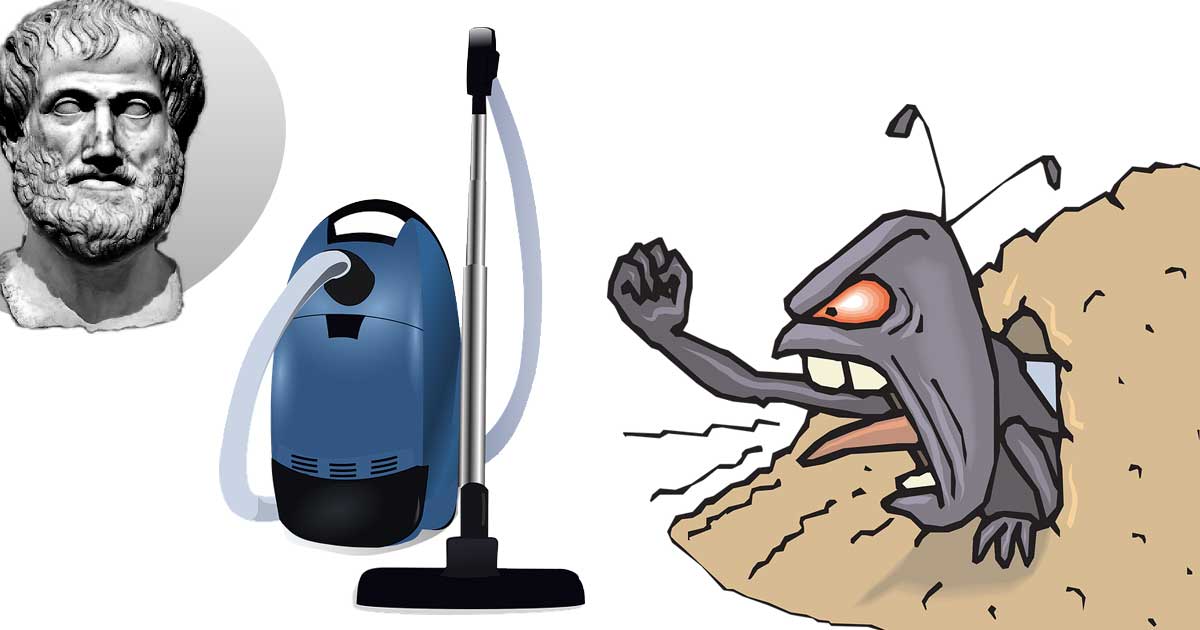
Aristotle once postulated “horror vacui” (Nature Abhors a Vacuum). It turns out nature really can’t stand a perfect vacuum.

Sound usually travels slower than light, but not always. Under normal conditions, light moves roughly a million times faster than sound, but under the right conditions sound can travel faster than light.